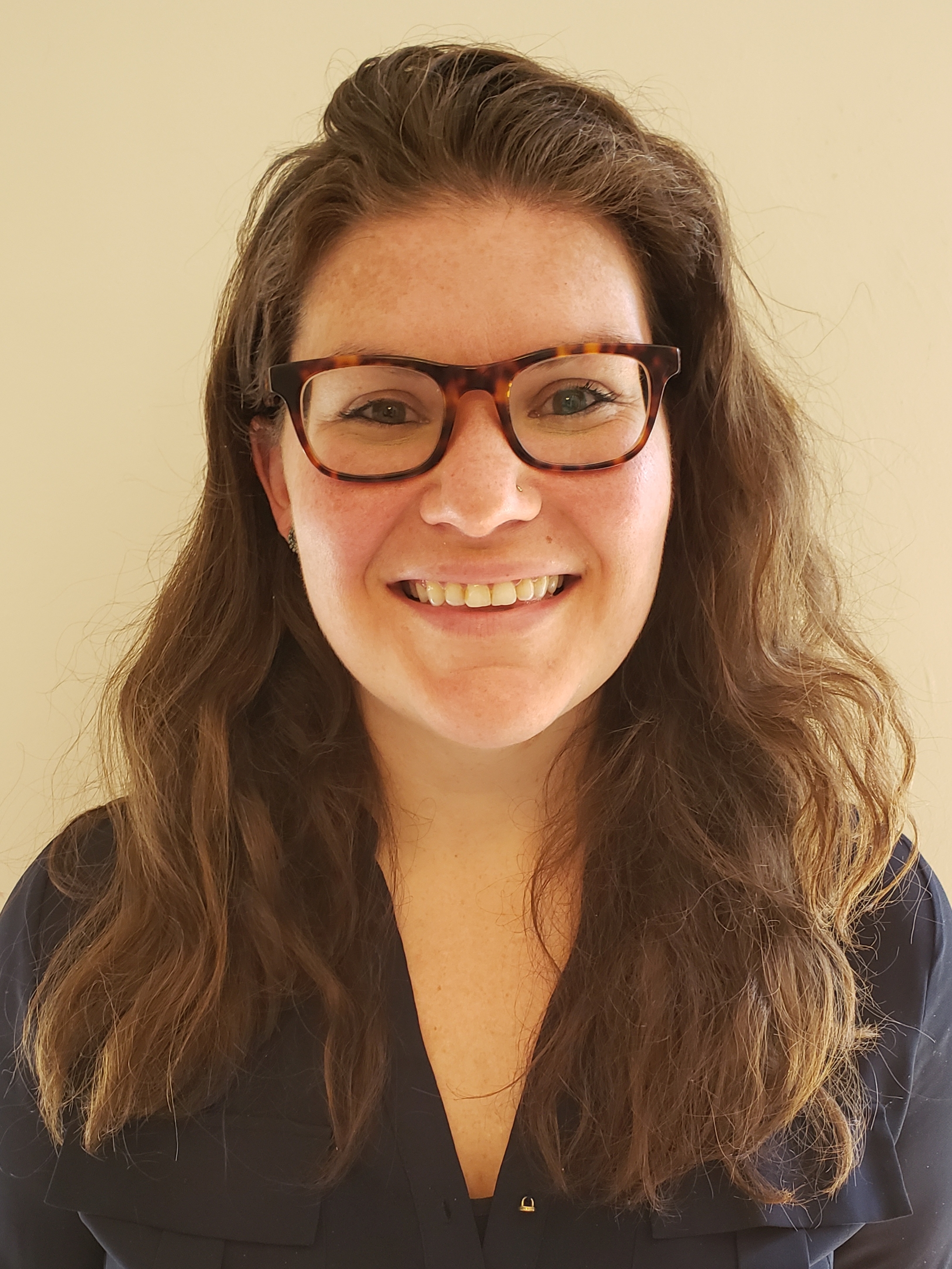Child / Adolescent - Anxiety
Effects of a Multi-Site Training on CBT for Youth Anxiety for Therapists in Pediatric Healthcare Settings on Their Beliefs About Exposure Therapy
(PS9-C60) Effects of a Multi-site Training on CBT for Youth Anxiety for Therapists in Pediatric Healthcare Settings on Their Beliefs About Exposure Therapy
- AS
Anna Seraikas, B.S.
Graduate Student
Boston University
Jamaica Plain, Massachusetts - AF
Alyssa Farley, Ph.D.
Research Scientist
Boston University Center for Anxiety and Related Disorders
Boston, Massachusetts 
Annie W. Dantowitz, LICSW
Group Director of the Child and Adolescent Program
Boston University Center for Anxiety and Related Disorders
Boston, Massachusetts- HS
Hanan Salem, PhD
Doctoral Student
University of California, Santa Barbara
Goleta, California - CB
Carolina Busto, M.S.
Research Coordinator
Florida International University
Miami, Florida - HS
Haniya S. Syeda, M.P.H.
Programs Director
Boston Medical Center
Norwood, Massachusetts - AK
Alex E. Keller, Ph.D.
Postdoctoral Fellow
Boston Child Study Center
Boston, Massachusetts 
Laura J. Nelson Darling, M.A.
Doctoral Candidate
Boston University Center for Anxiety and Related Disorders
Boston, Massachusetts
Alicia R. Fenley, M.A.
Graduate Student
Boston University
Brookline, Massachusetts.jpg)
Jami M. Furr, Ph.D.
Senior Psychologist
Florida International University
Weston, Florida
Rachel Merson, Psy.D.
Research Assistant Professor
Boston University Center for Anxiety and Related Disorders
Boston, Massachusetts.jpg)
Kelsey Hudson, Ph.D.
Research Scientist
Boston University, Center for Anxiety and Related Disorders
Boston, Massachusetts- LF
Lisa Fortuna, M.P.H., M.D.
Professor and Chief of Psychiatry
University of California San Francisco
San Francisco, California - MP
Michelle Porche, Other
Associate Professor in Psychiatry
University of California San Francisco
Berkeley, California - CB
Christina Borba, M.P.H., Ph.D.
Vice Chair of Research/Associate Professor
Boston Medical Center/Boston Univerisity School of Medicine
Boston, Massachusetts .jpg)
Jonathan Comer, Ph.D.
Professor of Psychology and Psychiatry
Florida International University
Miami, Florida.jpg)
Donna B. Pincus, Ph.D.
Professor, Department of Psychological and Brain Sciences
Boston University
Boston, Massachusetts
Author(s)
Co-Author(s)
An estimated 4.4 million children and adolescents have a diagnosed anxiety disorder in the United States (Ghandour et al., 2019). Cognitive-behavioral therapy (CBT) is the most efficacious non-pharmacological treatment for youth anxiety disorders (Higa-McMillan et al., 2015). However, access to care is often limited or non-existent for underserved youth (Shafran et al., 2009). Embedding evidence-based treatment within pediatric healthcare settings has the potential to increase accessibility to treatment for youth from lower resourced environments, yet there remains a shortage of behavioral health care providers who are trained to provide CBT for youth anxiety in these settings. The Kids Face-to-face And Computer-Enhanced Formats Effectiveness study for Anxiety and Related Symptoms (Kids FACE FEARS) is a multi-site, comparative effectiveness pragmatic trial assessing therapist-led (in-person or telehealth) vs. self-administered online delivery of CBT for the treatment of anxiety in youth ages 7-18. Study staff led full-day interactive trainings on the provision of CBT, based on the Cool Kids Anxiety Program (Rapee et al., 2019), for therapists within 4 study regions across the country (N=166). The therapists completed a series of questionnaires pre- and post-training to assess the acceptability and effectiveness of the training.
An integral component of CBT for youth anxiety is exposure to anxiety-provoking stimuli/situations. Therapists’ negative beliefs about exposure often serve as barriers to utilization. Given the necessity of exposure for positive outcomes in youth anxiety treatment (Kendall et al., 2005), it is critical to understand how CBT training shapes non-specialist therapists’ views and perceptions of exposures. The present study aimed to examine the effect of the Kids FACE FEARS training on therapists’ attitudes towards exposures by comparing pre- and post-training scores on the Therapist Beliefs about Exposure Scale (TBES). The TBES is a 21-item measure that assesses therapists’ exposure beliefs (e.g., “Most clients refuse to participate in exposure therapy”) on a 5-point Likert-type scale (1=disagree strongly; 5=agree strongly). Preliminary analyses were conducted on a portion of the sample (N=95) because data entry is ongoing. A paired t-test on this portion of the sample found that pre- and post-training TBES scores were significantly different (t[94]=9.75, p < 0.001). On average, post-training TBES scores were 7.02 points lower than pre-training scores (95% CI [5.59, 8.45]), with a lower score on the TBES denoting more positive beliefs and less reservations about exposure therapy. Analyses on the full sample of therapists who participated in the training (projected N=166) will be completed by May 2022 and detailed in the conference poster. This study indicates that the Kids FACE FEARS therapist training effectively engendered more positive beliefs about exposures among non-specialist therapists training in the treatment of youth anxiety. Importantly, these findings demonstrate that the dissemination of CBT for youth anxiety to pediatric health care settings may increase the accessibility of CBT and improve treatment outcomes for anxious youth.

